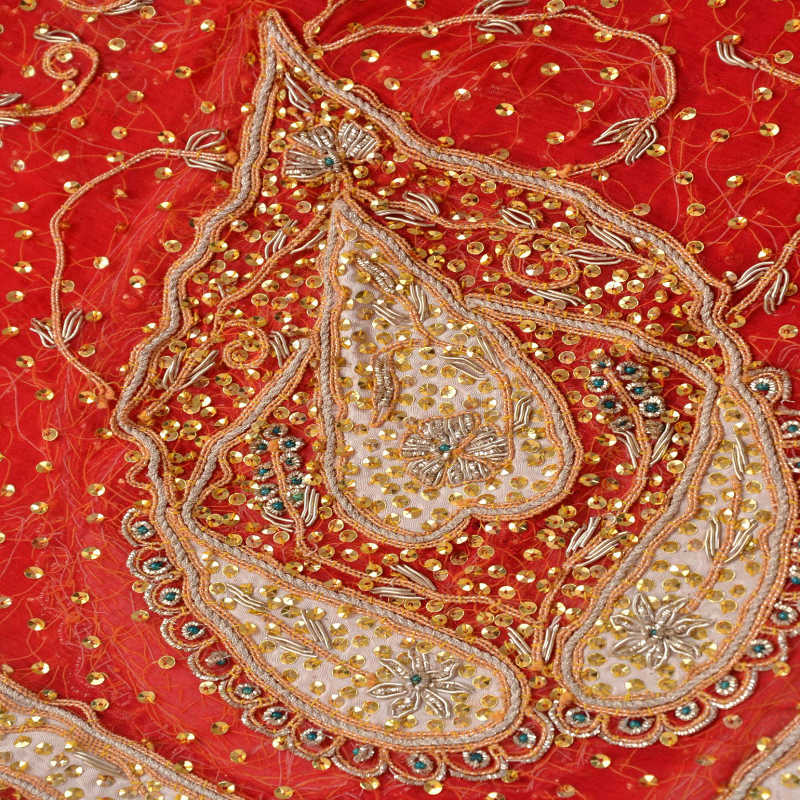===
0408,
6
===

=== |
 |
naaz-bardaarii tirii karte the ik ummiid par
raastii ham se nahii;N to kaj-kulaahii bhii nah ho
1) we used to endure/bear your coquetry/whims/conceit, on a single/particular/unique/excellent hope--
2) if toward us there was not sincerity/straightness, then there would also not be arrogance/'rakish-hattedness'
naaz : 'Blandishment, coquetry, playfulness, amorous playfulness, feigned disdain; dalliance, toying; fondling, coaxing, soothing or endearing expression; —pride, conceit, consequential airs, whims'. (Platts p.1114)
raastii : 'Rectitude, justice, fidelity, loyalty, honesty, probity, integrity, uprightness; truth, veracity; candour, sincerity; justness: straightness'. (Platts p.581)
kaj-kulaah : 'One who wears his cap awry; a fop, a beau (syn. baa;Nkaa ): — kaj-kulaahii , s.f. Foppery'. (Platts p.817)
kulaah kaj nihaadan : 'To wear one's hat awry; to be proud or vain-glorious'. (Steingass p.1041)
FWP:
SETS == EK; OPPOSITES
MOTIFS
NAMES
TERMSTo wear one's hat at a 'rakish' angle is suggestive in English too-- of pretensions to derring-do, or coquetry, or stylishness, or charm. The assumption is that since ordinary people wear their hats straight, a hat worn askew shows a claim to depart from the norm in some (presumably attractive) way. By extension, a hat worn in a 'crooked' way can also become a metaphor for some crookedness or unreliability of character; it's a style that departs from the 'straight and narrow' path of virtue (actually of course it's 'strait', but hardly anyone realizes this any more). For more on kaj-kulaahii , see G{94,4x}.
So the poor lover used to put up with the beloved's coquettish behavior, on the basis of the naive or idealistic hope (and that ek keeps many descriptive possibilities in play) that even if the beloved wasn't entirely 'straight' with him, she wouldn't be entirely 'crooked' either. But of course, as SRF points out, the rakishness of the kaj-kulaahii is very much a part of the naaz (see the definition above) that the lover was committed to putting up with (enduring, bearing, supporting) in the first place. So his plaintive words seem to be either paradoxical or hair-splitting (he could tolerate coquetry, but not too much coquetry?).
In any case, those days, when he 'used to' put up with her coquetry because of his great 'hope' of some kind of fair treatment, are over. Now what? Perhaps he can no longer put up with her coquetry at all, and this verse marks his final, reproachful break with her. Or perhaps it marks the end of his hope (he no longer expects or even envisions fair treatment from her), but not the end of his passion. Now that he's been stripped of all illusory hope, perhaps he's flying in even tighter circles around the candle flame.